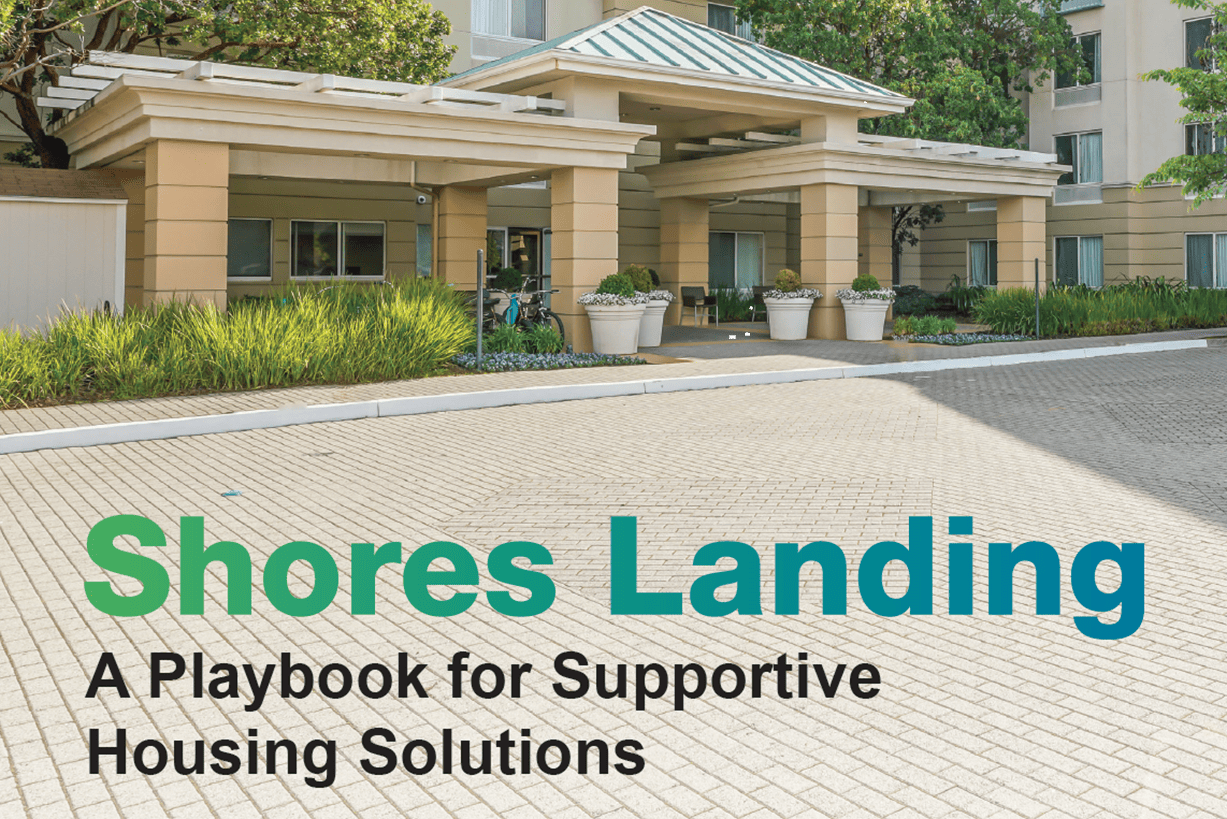Policy and Advocacy
2024 Electoral Endorsements
MidPen is strongly committed to supporting local revenue-generation measures for affordable housing and opposing land-use proposals that would result in fewer homes being built. In the March 5, 2024 primary, MidPen took a position on four local ballot measures and supported Governor Newsom’s statewide Proposition 1 that will reform our behavioral healthcare system and raise billions of dollars to assist people who are facing acute mental health and housing challenges.
Support
Prop. 1 would authorize issuance of $6.38 billion in general obligation bonds to build new behavioral health-related housing and treatment facilities across the state. In addition to modernizing the 2004 Mental Health Services Act, the measure would require 30% of the funding to support housing intervention programs. While we believe the root cause of homelessness is lack of affordable housing or disruptions in income, demand for mental health services and emergency department discharges to psychiatric care are at an all-time high. This funding would shore up all levels of government to reduce homelessness. Additionally, augmented resources to support behavioral health would enhance the feasibility and efficacy of permanent supportive housing—a housing solution that MidPen embraces and ambitiously pursues in alignment with our Strategic Plan.
City and County of San Francisco – Proposition A: Affordable Housing Bonds
Prop A. would authorize the City of San Francisco to issue $300 million in general obligation bonds to fund the construction, development, acquisition, rehabilitation, and preservation of affordable housing for extremely-low-, low-, moderate-, and middle-income households. The measure would not increase property taxes because of how the City manages their authority to issue of new bonds—cycling in newly authorized bond issuances as older ones retire, and with a goal of pricing to maximize yield. Funds generated by the bonds would substantially add to San Francisco’s affordable housing stock and the City’s overall housing supply. In our view, this is a meaningful measure with no downsides: $270 million of the bond would assist San Francisco’s low-income households. The additional $30 million would be for households needing safe and stable housing and currently experiencing trauma-related homelessness, street violence, domestic violence and abuse, sexual abuse and assault, or human trafficking; this would overwhelmingly assist women.
County of Santa Cruz – Measure K: ½ Cent Sales Tax for Local Services
Measure K would generate additional funds to support affordable housing development, community services, and infrastructure improvements. The sales tax rate will increase from 9% to 9.5% in the unincorporated areas of the County. Estimated revenue generation is between $5 to $7.5 million in Fiscal Year 2024-25, and approximately $10 million in subsequent years. The measure would fund relief for natural disasters like wildfires and floods, aid frontline workers, repair streets, support affordable housing and other critical public infrastructure, and provide mental health services. Per the 2023 “Out of Reach” report by the National Low Income Husing Coalition, the Santa Cruz-Watsonville area is the most expensive place in the Country to be a renter. This revenue is vital for scaling up the affordable housing pipeline and delivering critical infrastructure improvements.
City of Santa Cruz – Measure L: ½ Cent Sales Tax for Local Services
Measure L would generate $8.3 million annually to address some of the City’s most pressing challenges by providing additional funds to support community services and infrastructure improvements. This measure would increase sales tax from 9.25% to 9.75% within City limits. The measure would support reducing homelessness, environmental conservation, and the enhancement of public safety and infrastructure. and is expected to generate an additional $8.3 million annually.
Oppose
City of Santa Cruz – Measure M: Housing for People Initiative
Measure M proposes an increase in the inclusionary housing requirements from 20% to at least 25%. While on its face this would seem aligned with MidPen’s mission to produce more affordable housing, we have grave concerns about up ticking the inclusionary requirement beyond a level financially feasible for our development partners. The math is simple: if no housing is built, then a 25% inclusionary requirement would yield zero affordable units. Measure M would also require voter approval for height and other development standards—the very same metrics that often need to be adjusted to make denser housing work. This proposition is misleading and not aligned with the public’s goal to produce more affordable housing. It does a disservice to voters by failing to respect a pragmatic approach to inclusionary housing requirements, and it lacks flexibility in the planning requirements commonly modified in service of steady affordable housing production. We urge voters to reject this measure for missing the mark and making unrealistic promises.

Project Homekey
A case study on Shores Landing, a Project Homekey Supportive Housing solution

State Housing Policy in Action
State Legislation and Policies applied to recent MidPen development projects

Housing Element Best Practices
Case studies that show effective examples from previous Housing Element cycles
Our Legislative Priorities
MidPen housing works diligently with our partners to support proven affordable housing solutions. Click to the links page for the 2023-24 California legislative sessions.
Subscribe for Policy Updates
Allies and Partnerships
MidPen is proud to participate across coalitions with a broad set of partner organizations. We encourage you to visit their websites to learn how you can get involved.
Affordable Housing Map & Benefits Calculator
Mapping existing federal- and state-subsidized affordable housing and estimates the benefits these affordable homes generate for both residents and surrounding communities.
Affordable Housing Needs Dashboard
For data on housing need, market conditions, federal and state funding for affordable housing, and production and preservation trends.